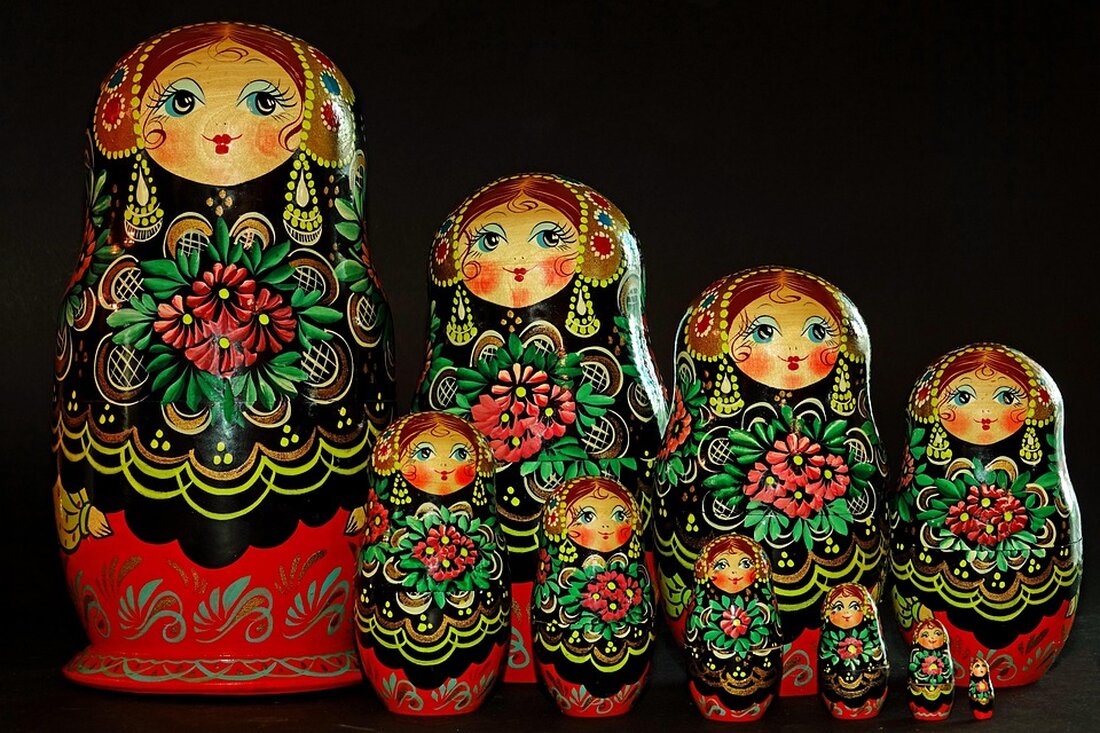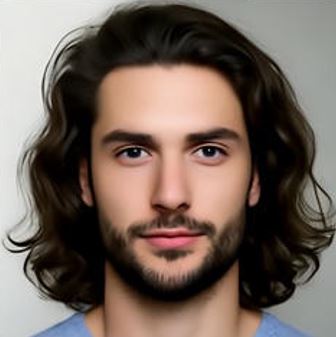‘Our Russian city!’ Propaganda about life in occupied Mariupol
In Mariupol, Russian influencers portray life under occupation as thriving. Insight into the propaganda and reconstruction in a city in the focus of the Kremlin.

‘Our Russian city!’ Propaganda about life in occupied Mariupol
Three years after the brutal 86-day siege, Russia is in control Mariupol taken over. Now the Kremlin is using a more subtle power strategy to maintain its influence over the Ukrainian port city: social media and influencers.
The role of influencers in Mariupol
A CNN investigation has found that residents of the occupied city, including schoolchildren, are being trained in new media programs and "blogger schools" that have ties to the Russian state. Although the following and reach of these local influencers are small compared to prominent figures, experts emphasize that Cologne voices are needed to effectively promote life under Russian rule.
Propaganda or reality?
“Look at what Russia is doing in Mariupol right now,” said Pavel Karbovsky, a teacher at one of the blogger schools, in a recent TikTok video highlighting the construction of new residential buildings. “Wait, they are building, not tearing down… this is Mariupol, our Russian city!” Karbovsky is among a growing number of content creators painting a picture of renewal in the four Ukrainian regions that will be dominated by Russia in 2022 illegally annexed were – Donetsk, Luhansk, Kherson and Zaporizhia.
Support from the occupying authorities
But the Russian-backed occupation authorities have actively encouraged creatives like Karbovsky to report on the restoration of the “liberated” territories, including in official meetings. In January, Karbovsky was among a group of content creators invited to meet Denis Pushilin, the Russian-backed head of the Donetsk People's Republic (DPR). He emphasized in a statement on Telegram that he was counting on the group to spread the message that the eastern Donbass region is being “revived.”
The Reality Behind Restoration
An analysis by CNN found that over a dozen profiles of local influencers, the Moscow Russification project in Mariupol on social media, some are openly pro-Russian and blame Ukraine for the suffering in the region. Although her audience is typically modest — from 3,000 to 36,000 fans on TikTok — her content focused on rebuilding can garner hundreds of thousands of views. However, their videos lack context as to why this restoration is necessary.
The siege of Mariupol, once known as a hub of trade and industry, was one of the deadliest and most destructive clashes since Moscow's all-out invasion of Ukraine more than three years ago. According to United Nations estimates, approximately 90% of residential buildings during the Russian attacks damaged or destroyed, and around 350,000 people had to flee from the original population of around 430,000. Ukrainian President Volodymyr Zelensky said in a recent interview that 20,000 civilians were believed to have died, although the number is impossible to verify.
Information warfare and Ukraine's countermeasures
"Moscow is trying to cut off the flow of information about the terrible destruction brought by the Russian army," Ihor Solovey, director of the Ukrainian government's Center for Strategic Communications and Information Security, said in written comments to CNN. To counteract this, Ukraine is trying to "communicate even more facts about the occupiers' crimes," adding that "there is more than enough to refute all Russian fake news about the 'beautiful life' under the occupation."
Putin's strategies for Mariupol
For Moscow, control of Mariupol remains a strategic priority that will receive significant investment. “We are focusing all our attention on Mariupol,” Russian President Vladimir Putin said during his annual news conference in December. In March 2023 he undertook a staged one Visit to the city to talk to local officials about “recovery” initiatives. In a video circulating online, a voice off camera could be heard shouting: "It's all lies, it's just a show."
The destruction remains visible
Although construction appears to be continuing, CNN's analysis of satellite images, interviews with residents and videos on social media shows that significant destruction remains. Many who lost their homes in 2022 have not been rehoused, and the quality of new housing is often inadequate. Residents also report that Russian authorities are confiscating the homes of Ukrainians who have left the city and making them available to others.
“They created a kind of Potemkin picture... But in many houses people don't live,” said a Mariupol resident, referring to the mock villages that Grigory Potemkin built in Russia in the 18th century to impress Catherine the Great. He spoke to CNN anonymously out of fear of reprisals.
Training new voices
In September, an organization called Donbass Media Center (DMC) opened its “blogger school” in Mariupol. This offers free two-week courses aimed at giving aspiring influencers a technical foundation in skills like filming and editing, as well as an understanding of how to become popular and make money online. Similar courses have already taken place in Donetsk and Luhansk, followed by another in Melitopol, in the Russian-occupied part of Zaporizhia. Karbovsky was one of the teachers.
"I know how to generate views and create content, so I was invited to teach with children between the ages of 16 and 22," he told CNN. Neither Karbovsky nor the school's coordinator would tell CNN who is funding the program, but it appears it has the tacit support of the Russian government.

 Suche
Suche
 Mein Konto
Mein Konto
